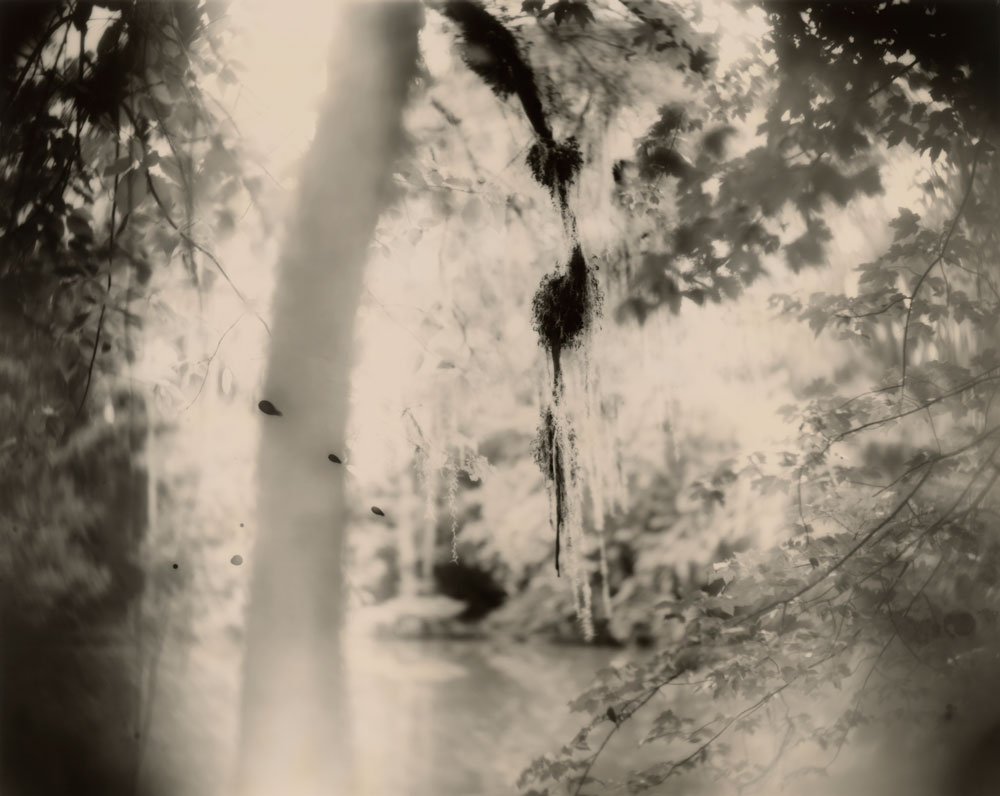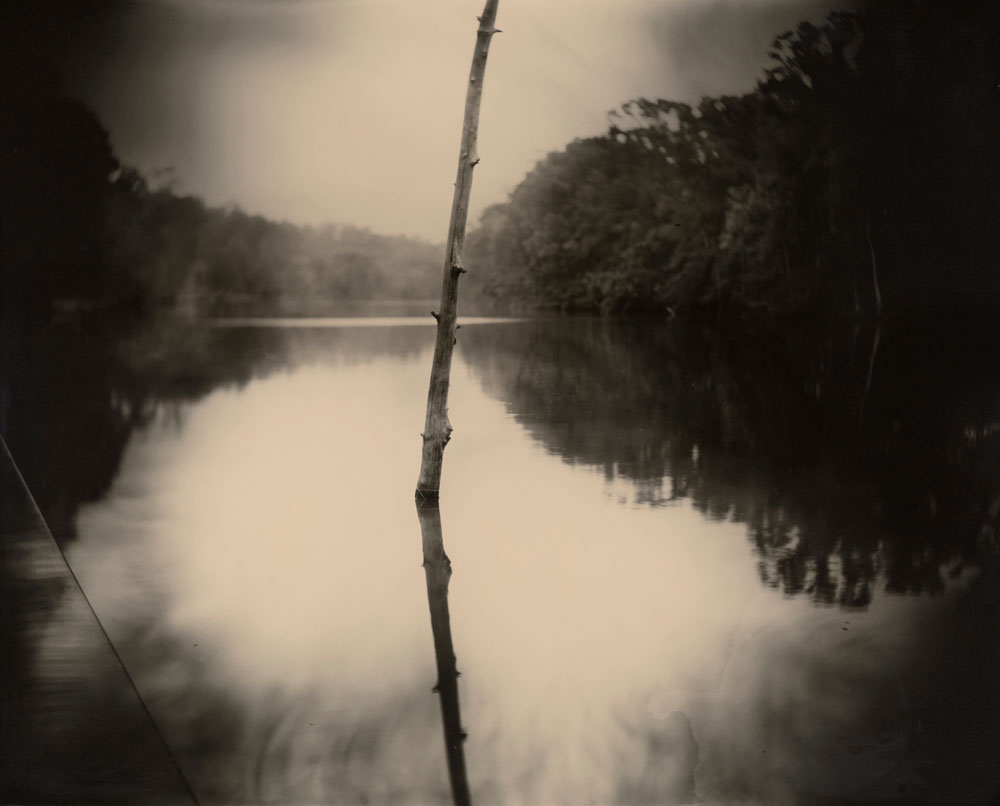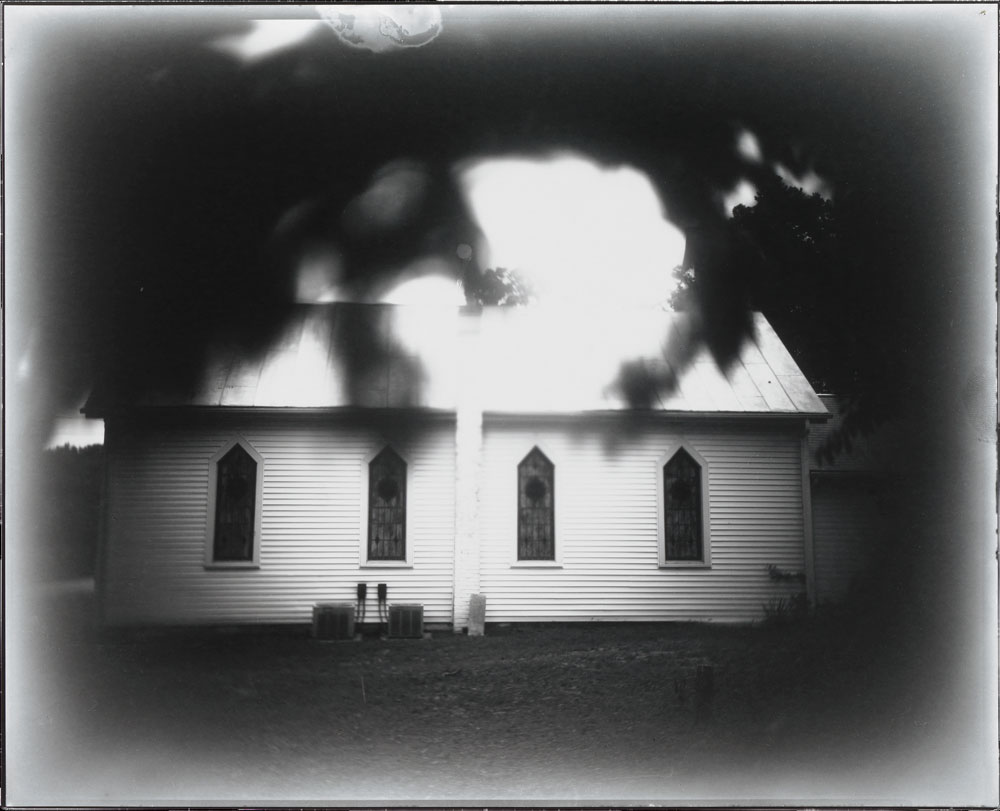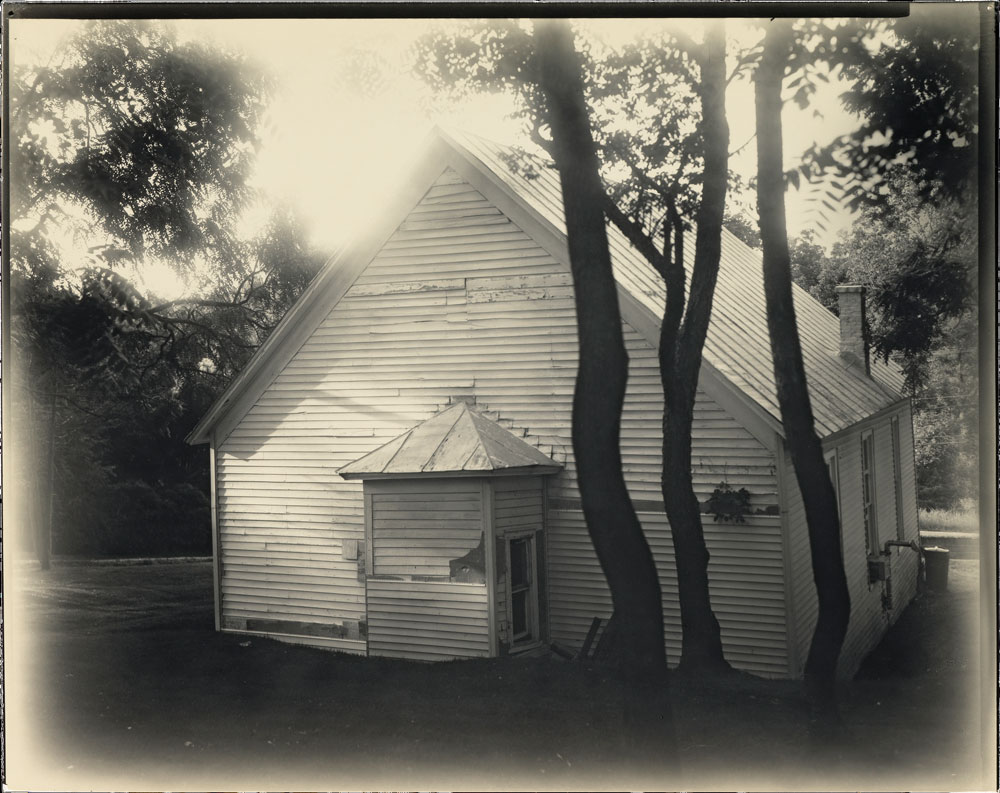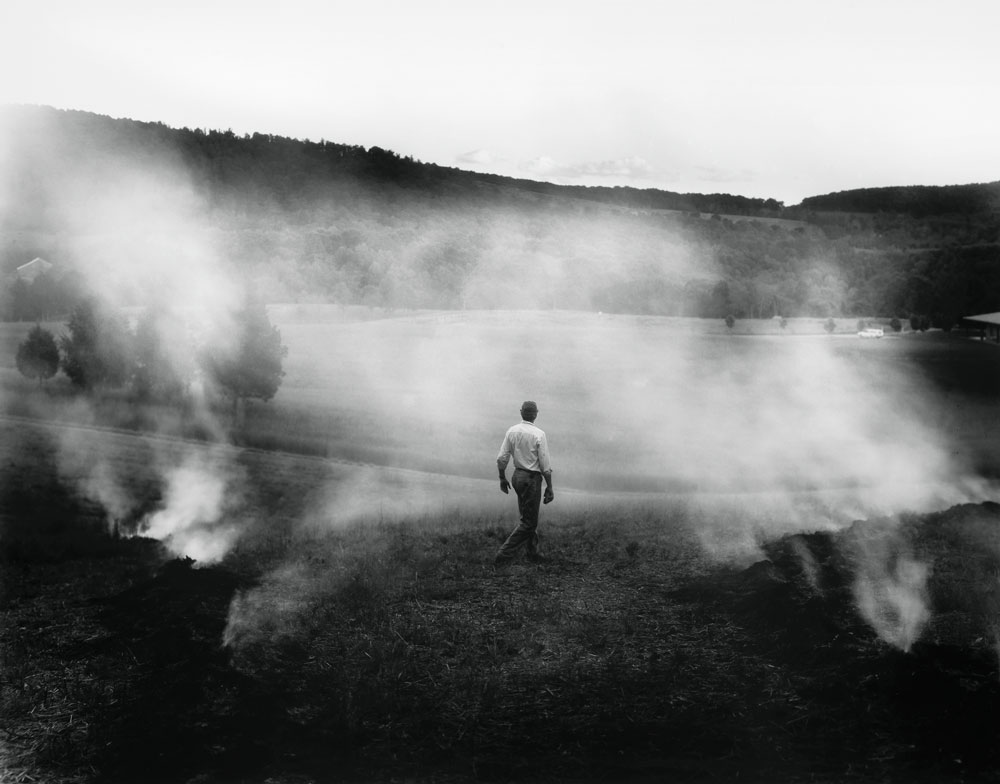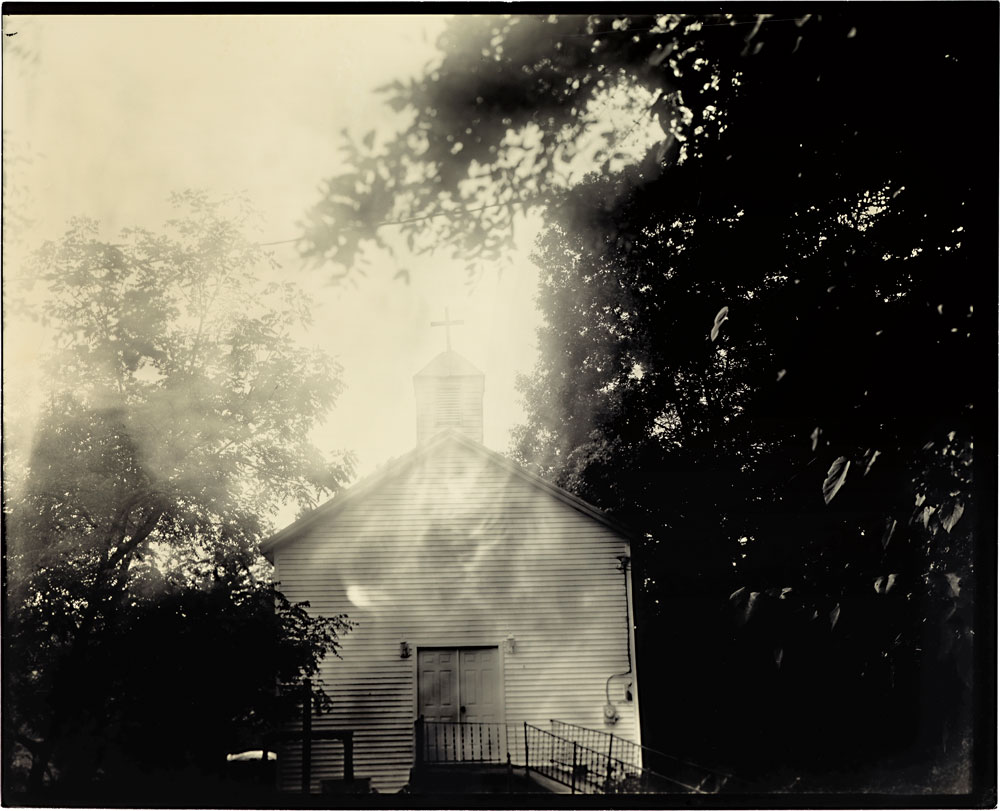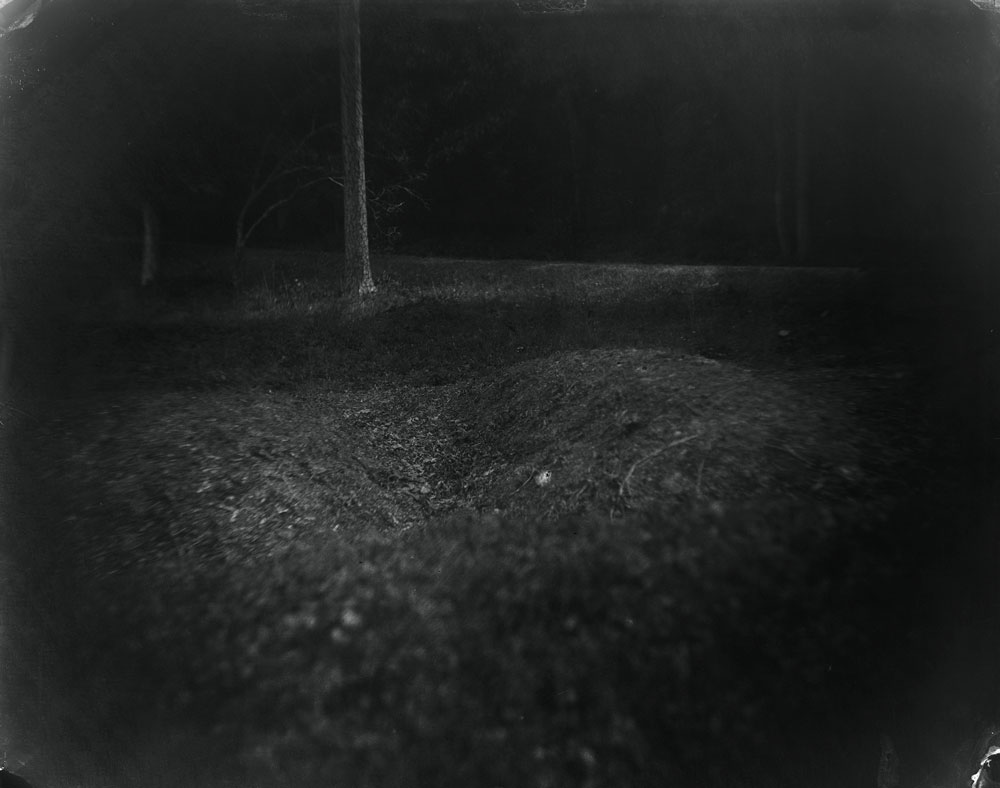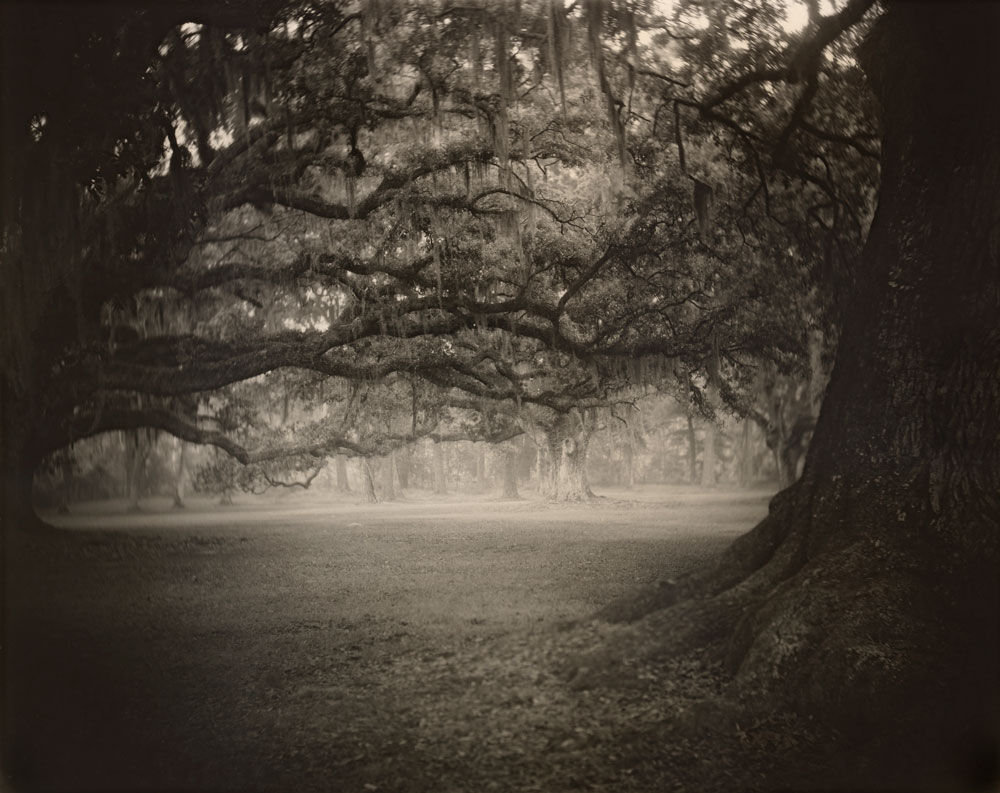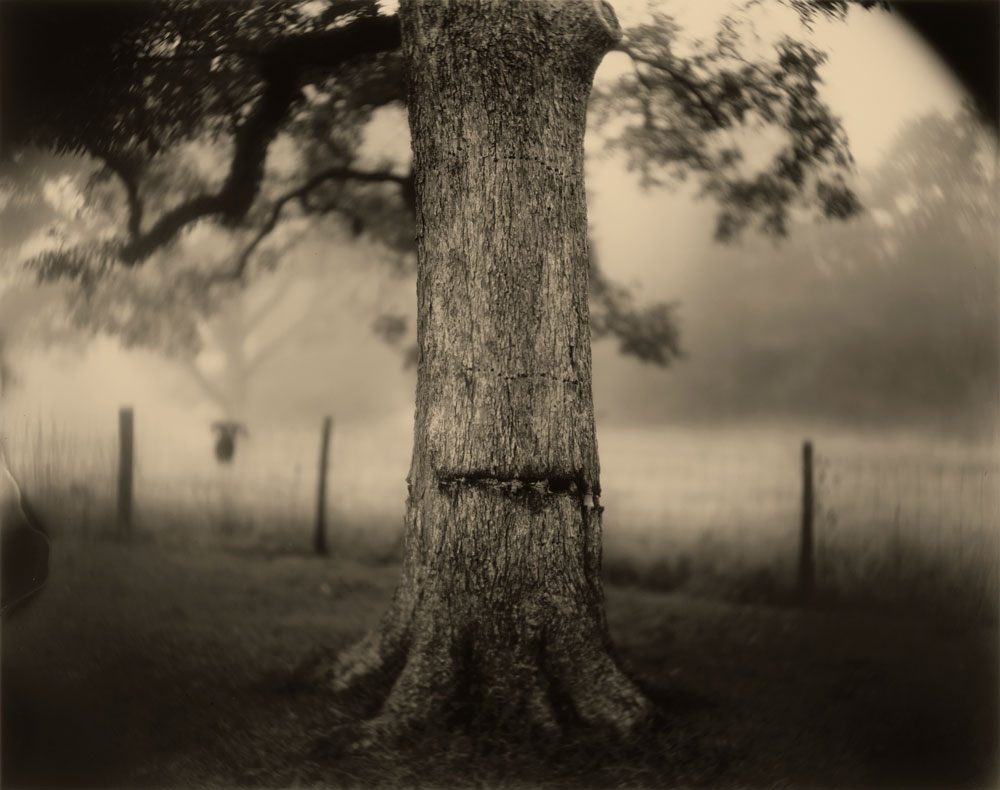PHOTO:Sally Mann-A Thousand Crossings, Part II
Born in 1951 in Lexington, Virginia, Sally Mann continues to live and work in Rockbridge County. Mann developed her first roll of film in 1969 and began to work as a professional photographer in 1972. For more than 40 years, Sally Mann has made experimental, intimate, and hauntingly beautiful photographs that explore themes of memory, desire, death, the bonds of family, and nature’s indifference to human endeavor (Part I).
By Dimitris Lempesis
Photo: J. Paul Getty Museum Archive
The retrospective “Sally Mann: A Thousand Crossings”, brings together 110 photographs, many exhibited for the first time and is the first to investigate how Mann’s relationship with her native land, the American South has shaped her work. Mann’s work is united by its focus on the American South. Drawing from her deep love of her homeland and her knowledge of its historically fraught heritage, Mann asks powerful, provocative questions, about history, identity, race, and religion that reverberate across geographic and national boundaries. The exhibition is organized into five sections: “Family”, “The Land”, “Last Measure”, “Abide with Me”, and “What Remains”. It opens with works from the 1980s, when Mann began to photograph her three children at the family’s remote summer cabin on the Maury River near Lexington, Virginia. Taken with an 8 x 10 inch view camera, the family pictures refute sentimental stereotypes of childhood, instead offering unsettling visions of its complexity. Rooted in the experience of a particular natural environment these works convey the inextricable link between the family and the landscape, and the sanctuary and freedom that it provided them. The second section of the exhibition, “The Land”, continues with photographs of the fields and ruined estates Mann encountered as she traveled across Virginia, Georgia, Louisiana, and Mississippi in the 1990s. Hoping to capture what she called the “radical light of the American South” Mann made pictures in Virginia that glow with a tremulous radiance, while those made in Georgia and Mississippi often appear bleaker. In these photographs, Mann also experimented with antique lenses and the 19th-century collodion wet-plate process for making negatives. Mann used similar techniques for her photographs of Civil War battlefields in the exhibition’s third section, “Last Measure”. Cultivating the flaws she could achieve with this method for making negatives: streaks, scratches, spots and pits, she created metaphors for the South as the site of memory. These brooding and elusive pictures depict the land as history’s graveyard, silently absorbing the blood and bones of the many thousands who perished in battles in Antietam, Chancellorsville, Cold Harbor, Fredericksburg, and Manassas. The fourth section, “Abide with Me”, merges four series of photographs to explore how race and history shaped the landscape of Virginia as well as Mann’s own childhood and adolescence. Expanding her understanding of the land as not only a vessel for memory but also a site of struggle and survival, Mann made a series of starkly beautiful tintypes between 2008 and 2012 in the Great Dismal Swamp (home to many fugitive slaves in the years before the Civil War) and along nearby rivers in southeastern Virginia. Mann’s use of the tintype process: a collodion negative on a sheet of darkened metal that yields a rich, liquid-like surface with deep blacks, mirrors these bracken swamp and rivers. In these murky pictures, she conveyed the region’s entwined histories of sanctuary and oppression. Mann also photographed numerous 19th Century African American churches near her home in Lexington. Founded in the decades immediately after the Civil War, when African Americans in Virginia could worship without the presence of a white minister for the first time, these humble but richly resonant churches seem alive with the spirit that inspired their creation and the memories of those who prayed there. Also included in this section are photographs of Virginia “Gee-Gee” Carter, the African American woman who worked for Mann’s parents. A defining and beloved presence in Mann’s life, Carter taught Mann the profoundly complicated and charged nature of race relations in the South. The final component of this section is a group of pictures of African American men rendered as large prints made from collodion negatives. Representing Mann’s desire to reach across “the seemingly untraversable chasm of race in the American South” the series was inspired in part by the work of the choreographer Bill T. Jones. Lamenting the racism that has subjected African Americans to stereotyping, exploitation, and violence, Jones noted that “the body is the thing that . . . connects us, the body is bought and sold, and the body is definitely the thing that will divide us”. Mann sought to make photographs that address this paradox. The final section of the exhibition, “What Remains”, explores themes of time and transformation through photographs of Mann and her family. Her enduring fascination with decay and the body’s vulnerability to the ravages of time is evident in a series of spectral portraits of her children’s faces and intimate photographs detailing the changing body of her husband Larry, who suffers from muscular dystrophy. The exhibition closes with several riveting self-portraits Mann made in the wake of a serious riding accident. Here, her links to southern literature and her preoccupation with deterioration are evident: the pitted, scratched, ravaged, and cloudy surfaces of the photographs function as analogues for the body’s decay. The impression of the series as a whole is of an artist confronting her own mortality with composure and conviction.
Info: J, Paul Getty Museum, Getty Center, 1200 Getty Center Drive, Los Angeles, Duration: 16/11/18-10/2/19, Days & Hours: Tue-Fri & Sun 10:00-17:30, Sat 10:00-21:00, www.getty.edu
